The Mothers of Good Hope
Agriculture Project
Welcome to our
Poultry Farm
1300 chickens later and we have amassed a large farm where we teach our mothers how to rear the birds and use the funds to provide each woman her own small farm of chickens, turkeys, and the occasional goat if the funds allow.
Our agriculture projects
With the blessing of funds, our dream is to provide each of our struggling mothers with a small farm of her own
We have been able to create this large poultry farm, and a small goat farm that is used to both generate a small income to support the mothers and to teach them the necessary skills to one day run a small farm of their own.
The demonstration farms we build for each women are small wood structures kept on their property. The little hut houses all the animals on the farm during the night. During the day, goats are tied on a short rope to graze, while chickens and turkeys roam freely.
Every day, each women wakes up before the sun to tend to her farm, crops, and household responsibilities.

The chicken
The cheapest of the three, the chicken, makes up the bulk of the demonstration farms. Chickens are bought at 4,000 shillings as babies, reared for 12 months and sold for around 35,000 shillings, making a good profit and steady income. During this rearing period she is able to collect, sell, and eat the eggs produced as well.
The turkey
Turkeys are also a common bird to have in the farm as they can be sold to make a good profit and are not difficult to raise. These birds are bought as babies at roughly 20,000 shillings, reared for 12 months, and then later sold for 120,000 shillings. Here in Uganda, turkeys are commonly raised and bought for big holiday feasts and celebrations.
The goat
Goats are more expensive and it can be difficult to find the funds to spare for adding this animal to her small farm. When resources are available, goats are bought as small babies at 90,000 shillings, reared for 12 months, and then can be sold at almost 200,000 shillings. This is a substantial profit for her and will be able to sustain the family for a long period of time.







 Donate
Donate

